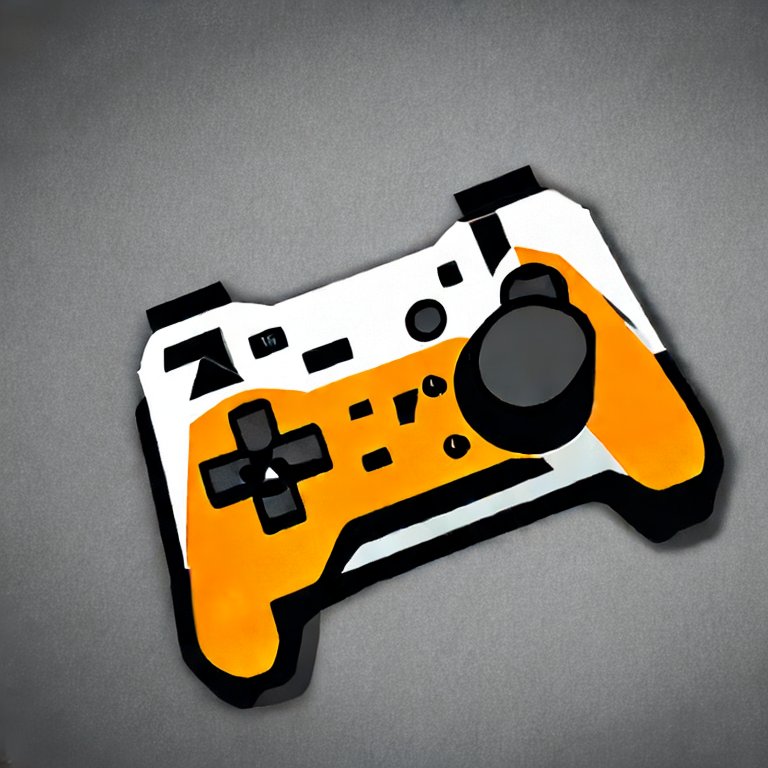- 0 Posts
- 76 Comments

Low Level Learning had a good video about this: https://youtu.be/VtHlMTc8lR4

The importer has to pay the tariffs.
Which in most cases is the brand-name company, incorporated in the US. Usually, the manufacturer is a separate foreign supplier.
The retailer usually receives the goods from a domestic distribution center.
So yeah, most laptop brands are paying the tariffs themselves.
Descenders
Idk why. Well, I do know why: I grew up in an era where Flash games started to do physics-based gameplay, and something about that just made them endlessly replayable and easy to do while focusing on something else like a lecture or whatever.
So many games these days demand your full attention. And that’s great, when you have time for it. But if I just have 45 minutes to derp around while I catch up with friends on Discord, I can’t dive into an epic boss fight that I was prepping for a month ago.

ITT:
People throwing shade at the devs who could easily be maxing&relaxing in IT but chose to make art instead, rather than the perverse financial incentives baked into the industry which encourage them to overpromise to secure funding and then underdeliver to abide by publisher demands.
But maybe I’m in the unreasonable one.
I take it from your exasperation that you want a game to “just be good already”, from the very start. So I’ll exclude anything that takes too much thought or investment to start having a good time.
- Deep Rock Galactic
- Tunic
- Pacific Drive
- Gorogoa
- Hardspace: Shipbreaker
- Hand of Fate 2
- FTL
- Styx: Shards of Darkness
- House of the Dying Sun
- Hitman Go and Lara Craft Go
- VVVVVV

Yeah, that was my point.
Because so much of a (typical) mobile app’s behavior is delegated to first-party APIs, having a huge range of device models in the field doesn’t cause as much of a splintering problem as it would for software that defines more of its own behavior internally, like games tend to do.

Yearly refreshes make a lot more sense for phones, where the OS defines a lot more of the app lifecycle and common features, consumers might be interested in non-performance hardware upgrades like cameras, and things tend to be less spec-sensitive in the first place.
For a gaming device, giving devs an uneven foundation and users a confusing compatibility matrix would spell doom.
Edit: I should probably clarify that I wasn’t saying a yearly refresh for phones is good. Just that the context of Android+iOS is very different from the Steam Deck, and that context makes more frequent refreshes more attractive to consumers and less damaging to developers than it would be if applied to the Steam Deck also.
Edit 2: I also just realized this is not the same story as the one a day or two ago that drew a direct comparison to phones. So I guess I should’ve gone back and commented on that one instead. I just wanted to share cuz I’ve had a lot of meetings about device support and consumer upgrade habits, as a mobile dev and as a game dev, and I don’t think most people would guess quite how different those two worlds are.

Recently had to cancel Xfinity. Had to wait for a text chat so I could schedule a cancellation appointment. They didn’t call at the requested time. I called instead to make an appointment for them to call me back.
30 minutes of waiting and questions about what it would take to retain me as a customer or who could take over my account. I told them up front that Xfinity isn’t available at my new address but they had to ask all the questions anyway.
All of this nonsense meant I was 6 days into the billing cycle, so they had already charged me for a full month and held onto the remainder until the next month.
Ugh.
I fully expect that, just like the rest of the account management parts of Xfinity’s site, the page that serves the “cancel” button will be horribly slow to load, frequently broken, and borderline unusable, while the upselling pages remain lightning fast and reliable.

The Switch is ARM and uses several components from FreeBSD and Android. It would not be surprising to learn that they have the ability to compile system components like Virtual Console for an ARM Linux with stubs for Switch-specific stuff.
The SNES Classic is also ARM, and has much less going on than the full Switch OS (Horizon). That could be the core of what they use for the museum displays, considering there’s an ARM version of Windows too.
Either way, devs gonna dev. If you can’t get feedback at your workstation and always have to deploy to your target platform to test anything, you’re gonna move too slow to catch and fix bugs or build flexible enough systems to prevent them.
So much of dev testing is about trade-offs between rapid iteration and thorough fidelity. You need access to both.
From my own experience, I’ve done stuff like:
- built mobile apps that can also be deployed as desktop apps or web apps for the sake of dev testing
- built testing tools for car systems that fake out sensor input
- built HTTP wrappers for cloud-deployed services to allow them to be run locally
- faked out camera feeds for AR apps
It can get janky, cuz not everything works the same way, but most of what you work on is not platform-specific anyway and a good architecture will minimize the portion of code that only works on the target platform.




At the time, retailers were the customers. Before online storefronts took off, there was no way to sell one copy to Alice, one copy to Bob… you had to sell 50,000 copies to Best Buy with a promise to buy them back in a year if they don’t sell out. If they tell you up front, “we won’t buy that”, what are you gonna do?